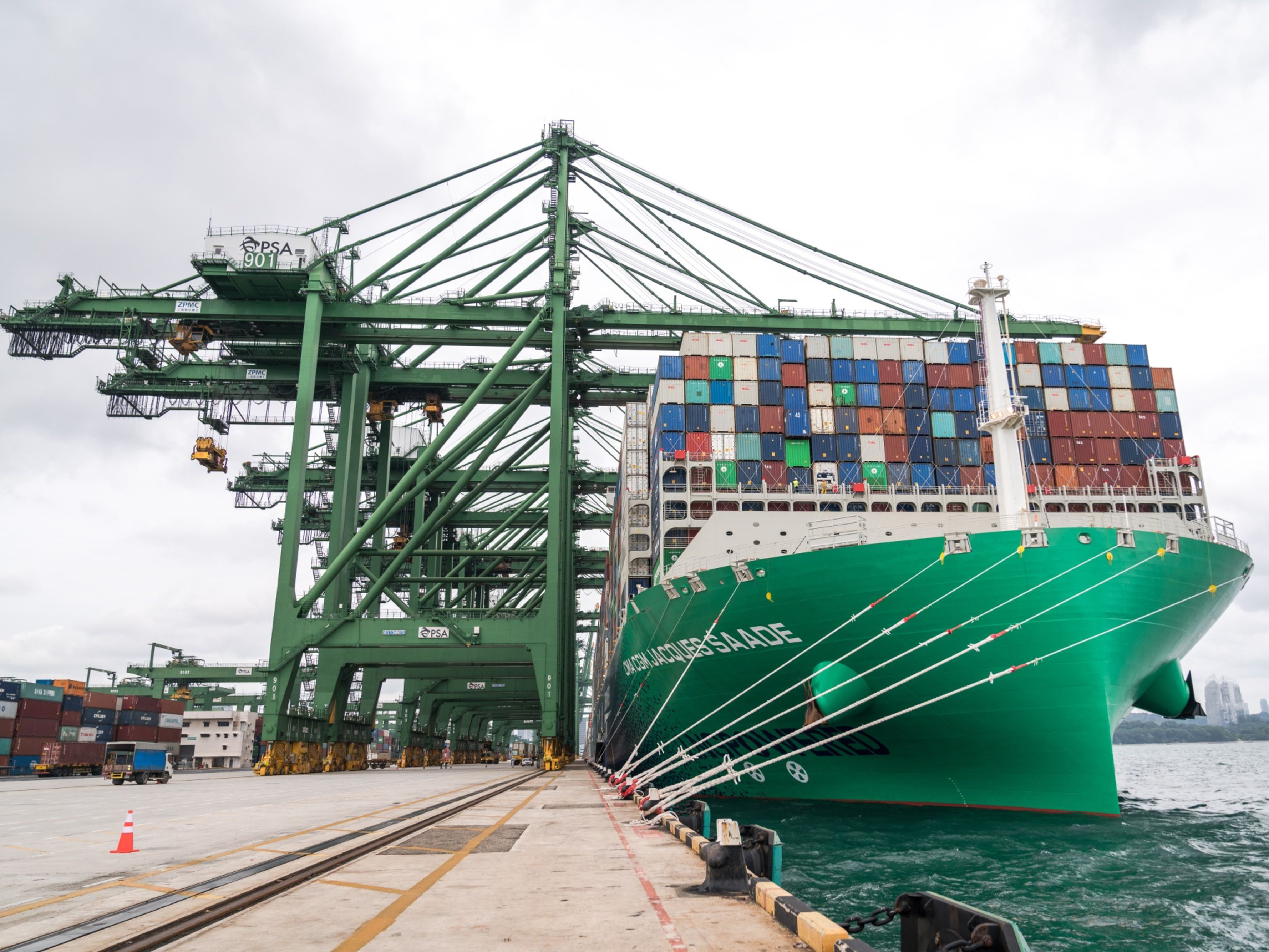
In the midst of a global pandemic, and a year after we experienced the initial supply chain disruptions it caused, the Suez Canal blockage in March wreaked havoc on an already-fragile global supply chain. The grounding of the 400-meter-long Ever Given container vessel held up hundreds of ships for a week. The result? Unprecedented supply chain disruptions.
The impact has been felt at the end-consumer level. That’s is a big deal; a year ago, customers were more understanding of disruptions and delays caused by COVID-19. Today, 78% of U.S. consumers largely expect retailers’ shipping issues to be figured out.
Certain precautions, if carefully considered, can dramatically impact the speed of the healing process. As supply chains begin to ramp up again as COVID-19 restrictions ease, retailers should take the Suez Canal fiasco as a wakeup call to do three things: prioritize inventory visibility, optimize product assortment, and rethink and diversify their distribution channels.
Prioritizing Visibility
Let’s delve more deeply into why the blockage will impact retailers long-term. The goods that consumers purchase from store shelves are acquired through a multi-layered process that often begins a year earlier. To take it even further back, the raw materials that go into making apparel and electronics often come from Asia and other overseas markets. From there, materials are shipped to Europe and the U.S., where additional value-added work goes into creating finished products.
The domino effect caused by the canal blockage slowed the flow of goods. Retailers realized that their lack of visibility early in the process limited their efforts to evaluate inventory levels, and disrupted their ability to meet increasing demands. As a result, retailers are being pushed to proactively establish visibility with vendors, in order to streamline information about where their raw materials and value-added work occurs.
Historically, retailer and vendor relationships are based on a long history of working together. That said, when inventory needs are left unfulfilled, retailers are pushed to source their products from other markets, and as a result pay a premium on raw materials and transportation costs. When disaster arises, time is a luxury they can’t afford. In addition to visibility planning, retailers must arrange for backup vendors, and even backups to their backups, to negate the higher cost of sourcing and transporting finished goods.
Product Assortment
Over the past year, demand for apparel products flatlined, leaving many retailers to adopt lean inventory strategies. When combined with the blockage in March, that approach displaced brands' ability to guarantee their standard products, let alone support the procurement of new seasonal items. In particular, many faced hard decisions over which products they could surface on their website, and were forced to ask hard questions: most frequently, Will this product be difficult to source? After the Canal incident, retailers had to consider whether it's better to surface a product with limited inventory that sells out quickly, affecting the customer experience, or not do so at all.
Finding ways to maintain a healthy product assortment is key for retailers who are faced with a crisis. If constant inventory is not attainable, and consumers see “out of stock” on a retailer's website for more than a few days, the long-term implications on the customer experience can be vast. In crisis scenarios, retailers must quick-turn their strategy by selling items that are more generic and less brand-specific. They can also take on a "frenemy" strategy and work with their competitors — rather than paying premiums for outsourced products, they can buy inventory from competitors to maintain overhead costs, seller ratings, and a healthy relationship with their end consumer.
In this sense, third-party logistics and fulfillment providers can help by putting together companies that might traditionally compete, using the same fulfillment channels. Additionally, with a more limited product assortment, retailers must be more judicious about the channels where they choose to surface their products, whether in store, on their own website, or on a marketplace. Evaluating customer demand and profitability with each channel will be key here.
The Suez Canal blockage forced retailers to adapt, indirectly encouraging the retail landscape to evolve. The long-term implications of the event will likely be felt through the remainder of this year, with many still hurting from the short-term repercussions.
Retailers who proactively prioritize inventory visibility, optimize product assortment and rethink distribution channels can dramatically improve their ability to manage the impact of future disruptions on their business. By implementing these three strategies into operations, retailers can take advantage of an effective logistics strategy that allows them to anticipate upcoming issues and communicate with customers in real time.
Krish Iyer is head of industry relations with ShipStation.







